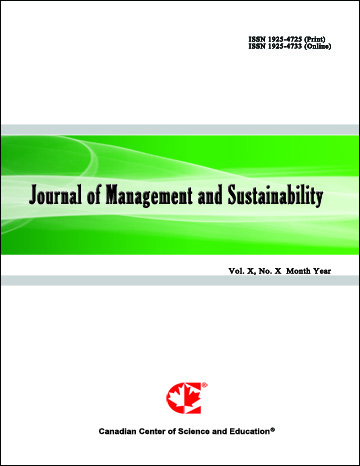Digital Environmentalism: A Case Study of PM2.5 Pollution Issue in Chinese Social Media
- Yanshuang Zhang
Abstract
The emergence of social media over the last decade has substantially altered not only the means people communicate with each other but also the whole online ecosystems. For the common public in particular, social media enables and broadens the social conversation that anyone interested can engage in on urgent social problems such as environmental pollution. In China, the ever-thickening air pollution smothering most urban cities in recent years has provoked a nationwide discussion, and popular social media like Weibo has been fully utilised by various social actors to participate in this “green speak”. This paper examines the civil discourse about the deteriorating air pollution on China’s largest microblogging platform-Sina Weibo, and seeks to understand how different social actors respond to and reconstruct the reality. Through a discourse analysis aided by a text analytics/ visualisation software—Leximancer, this paper investigates the civil discourse from three angles: the demographics, the discursive strategies and the potential social effect. The result suggests that proactive civil engagement in this issue has produced an environmental discourse with a wide range of topics involved, and that the benign interactions between social actors could give rise to a proactive interactional mode between Chinese state and civil society which would definitely be beneficial to the democratisation process in contemporary China.
- Full Text:
 PDF
PDF
- DOI:10.5539/jms.v7n1p76
Journal Metrics
Google-based Impact Factor (2021): 1.54
h-index (July 2022): 37
i10-index (July 2022): 147
h5-index (2017-2021): 12
h5-median (2017-2021): 19
Index
- Academic Journals Database
- ANVUR (Italian National Agency for the Evaluation of Universities and Research Institutes)
- CAB Abstracts
- CNKI Scholar
- EconBiz
- Excellence in Research for Australia (ERA)
- GETIT@YALE (Yale University Library)
- Harvard Library
- HeinOnline
- Infotrieve
- JournalTOCs
- LOCKSS
- MIAR
- PKP Open Archives Harvester
- RePEc
- Scilit
- SHERPA/RoMEO
- Stanford Libraries
- UCR Library
Contact
- Evelyn XiaoEditorial Assistant
- jms@ccsenet.org
